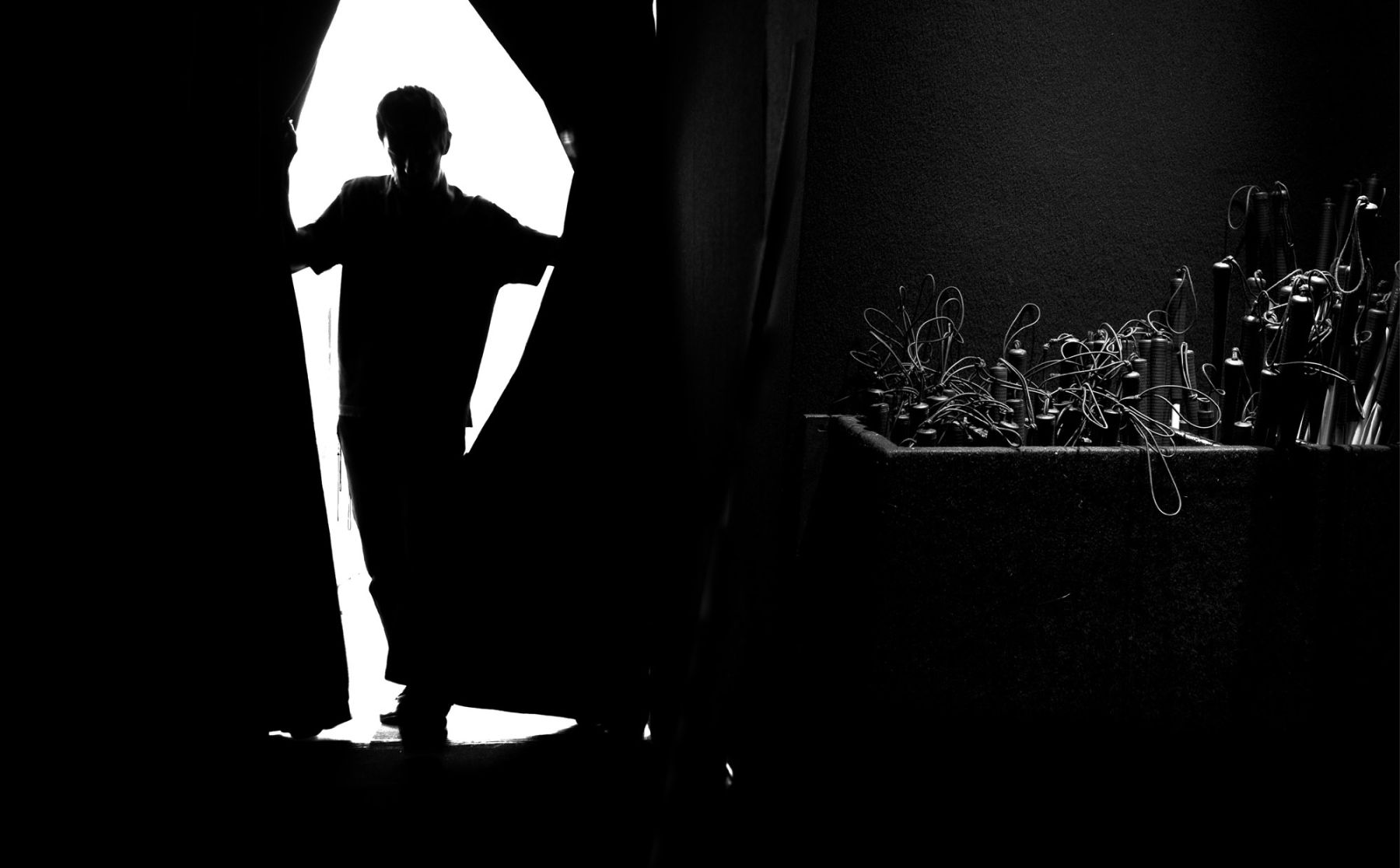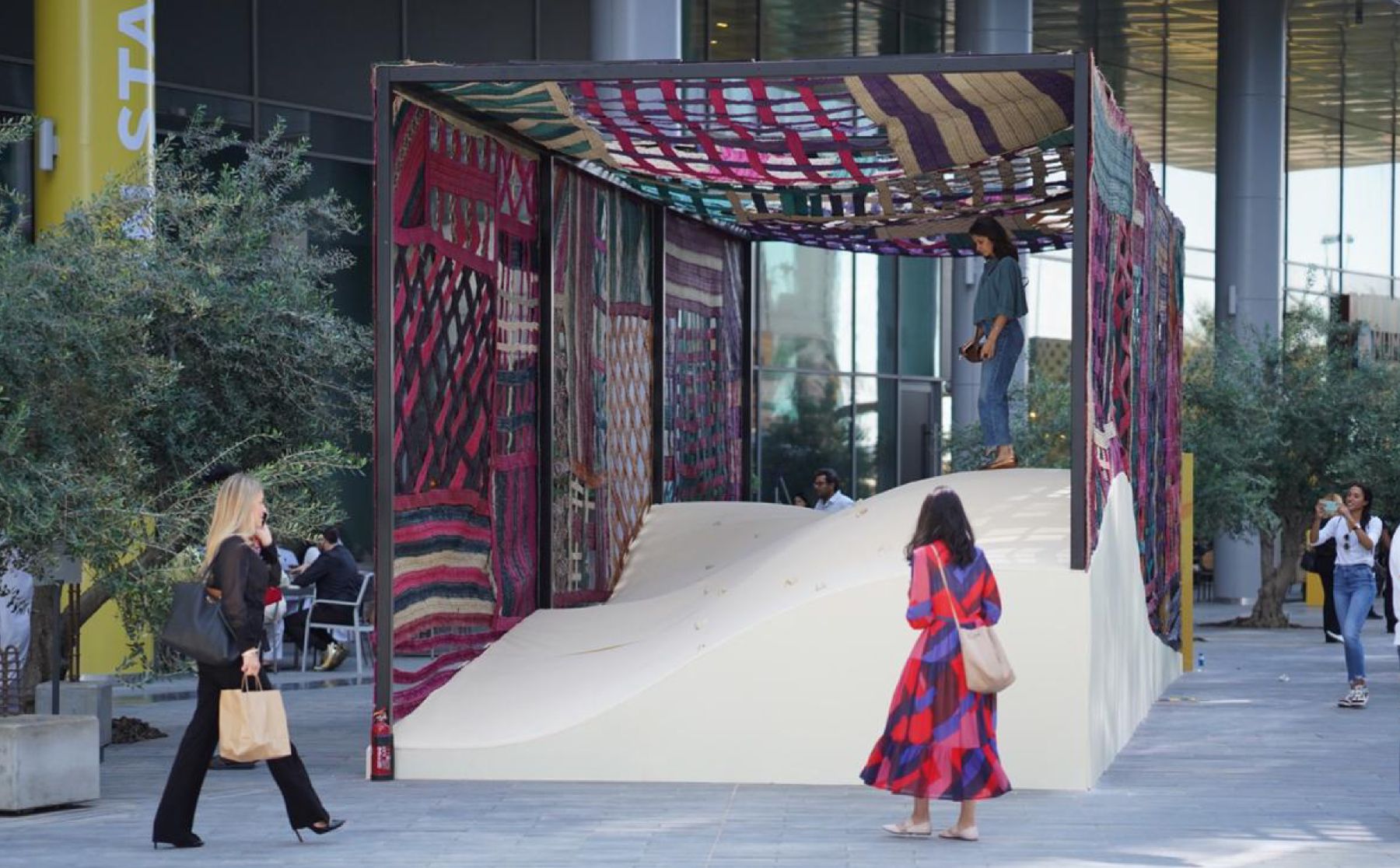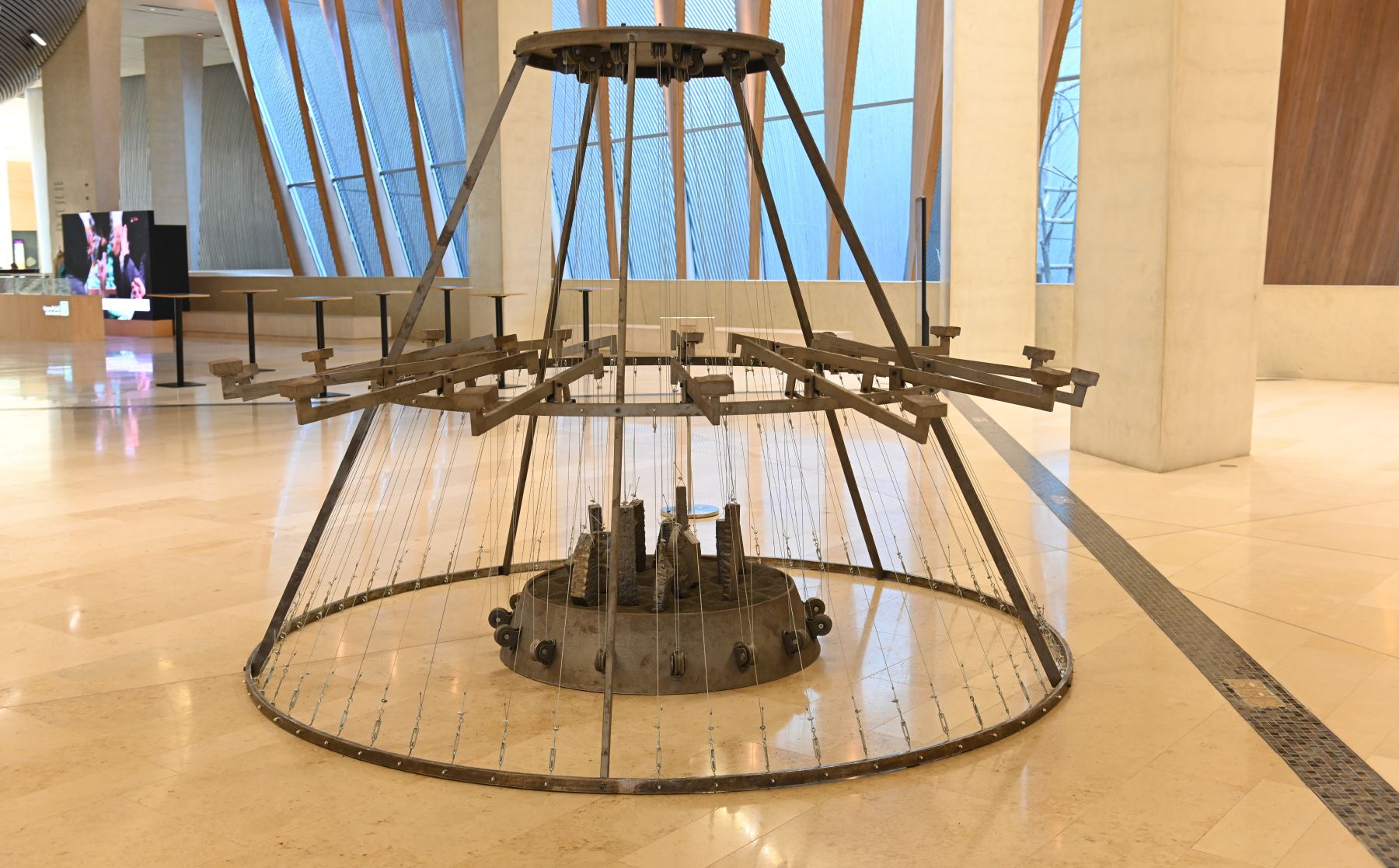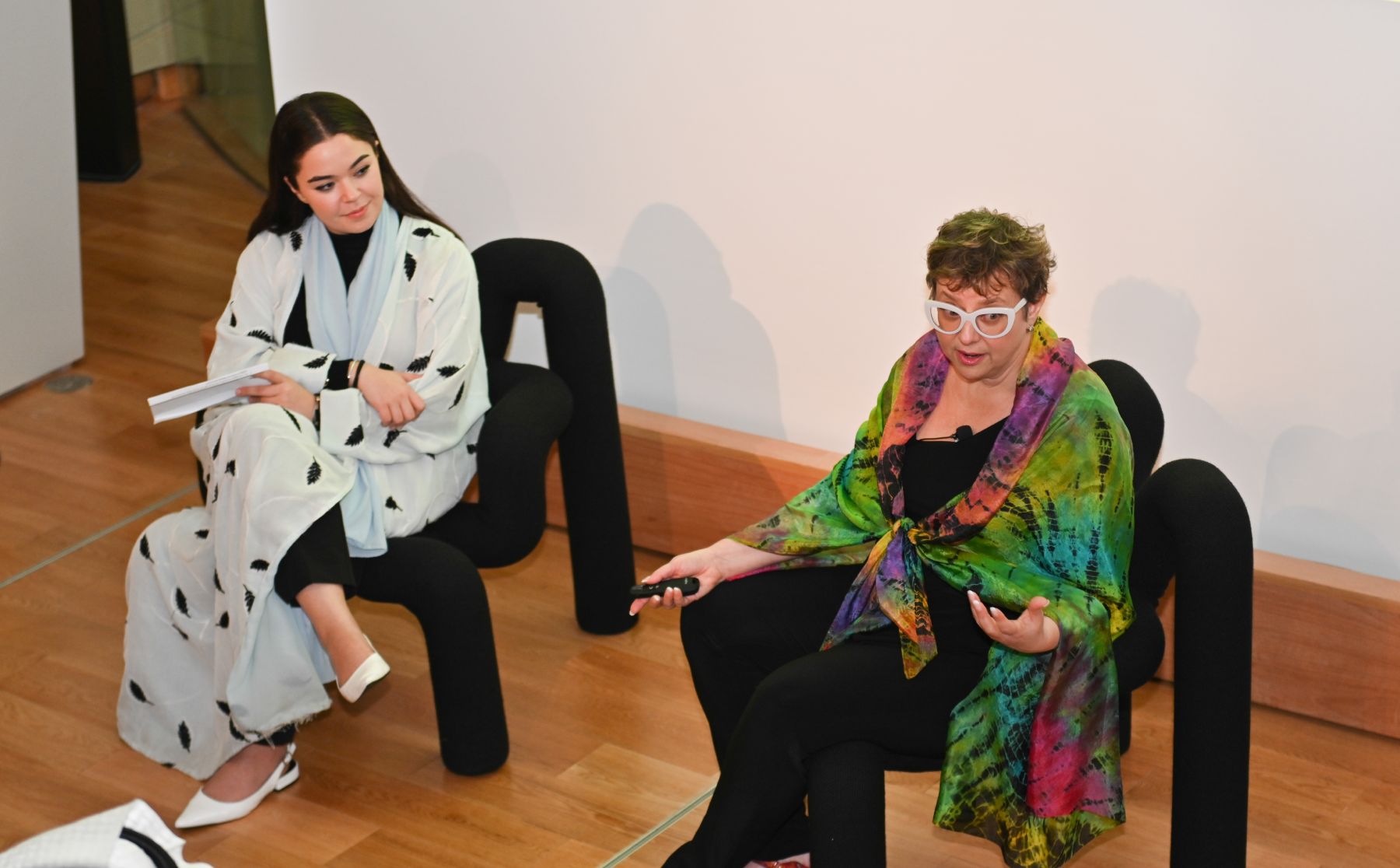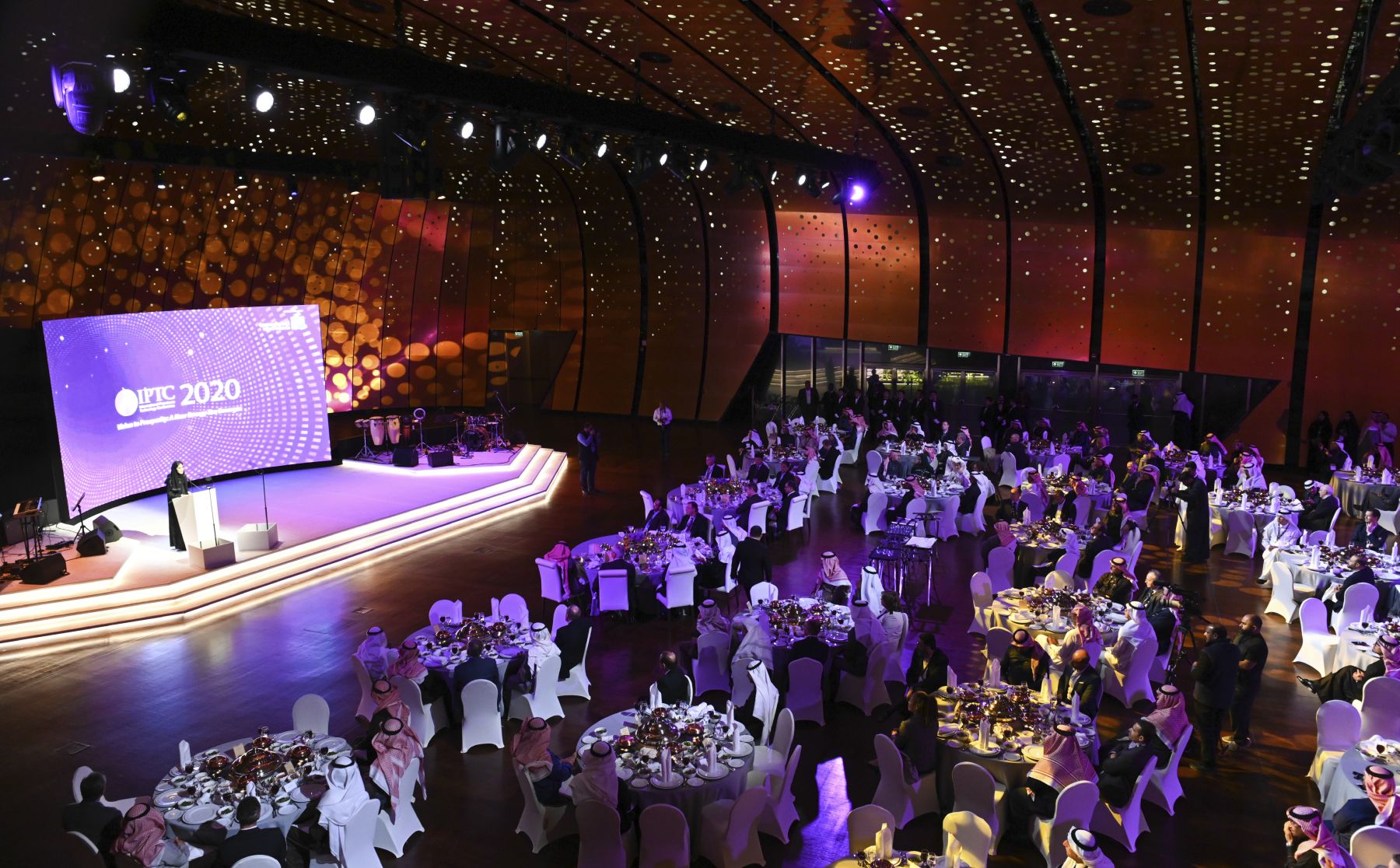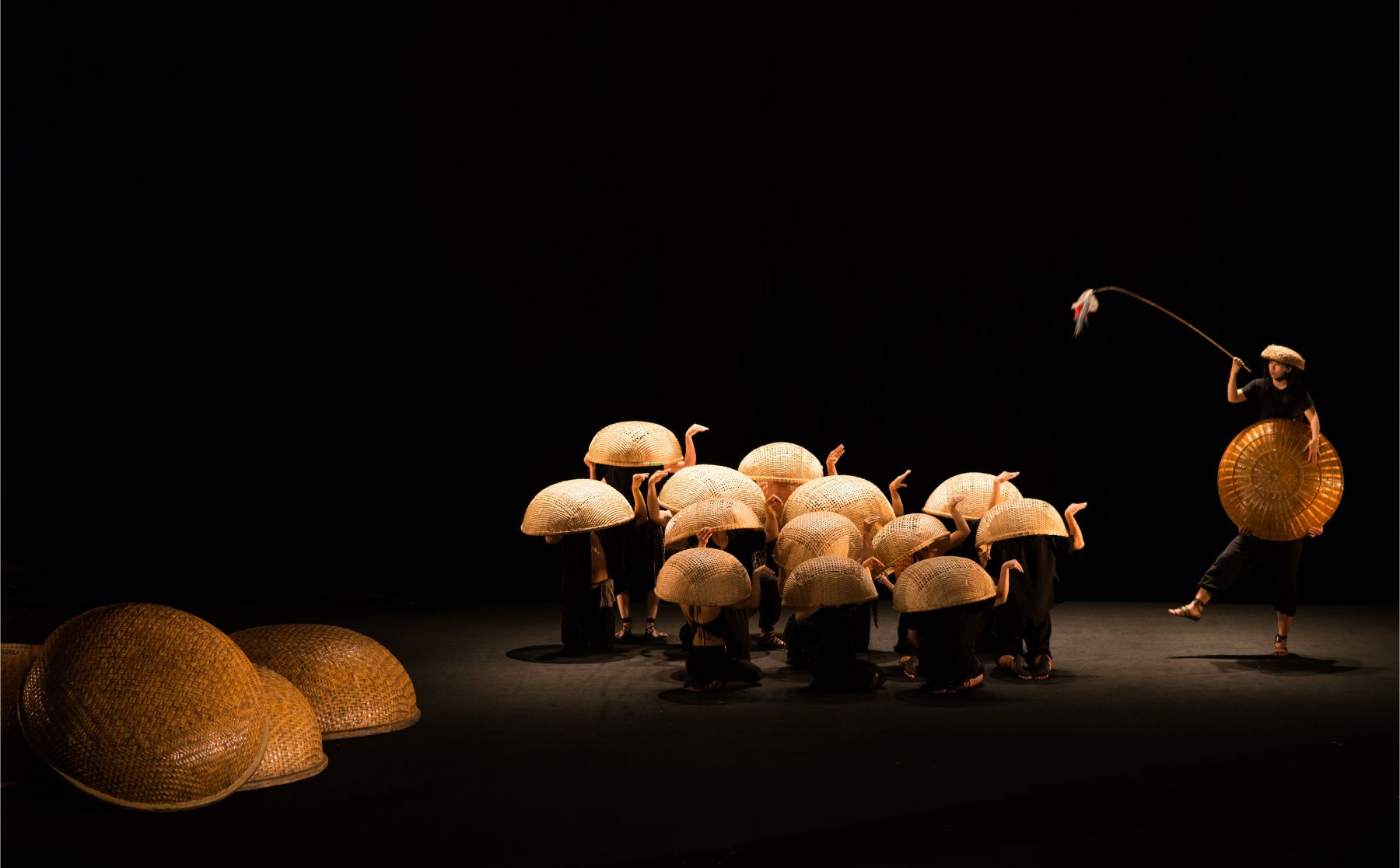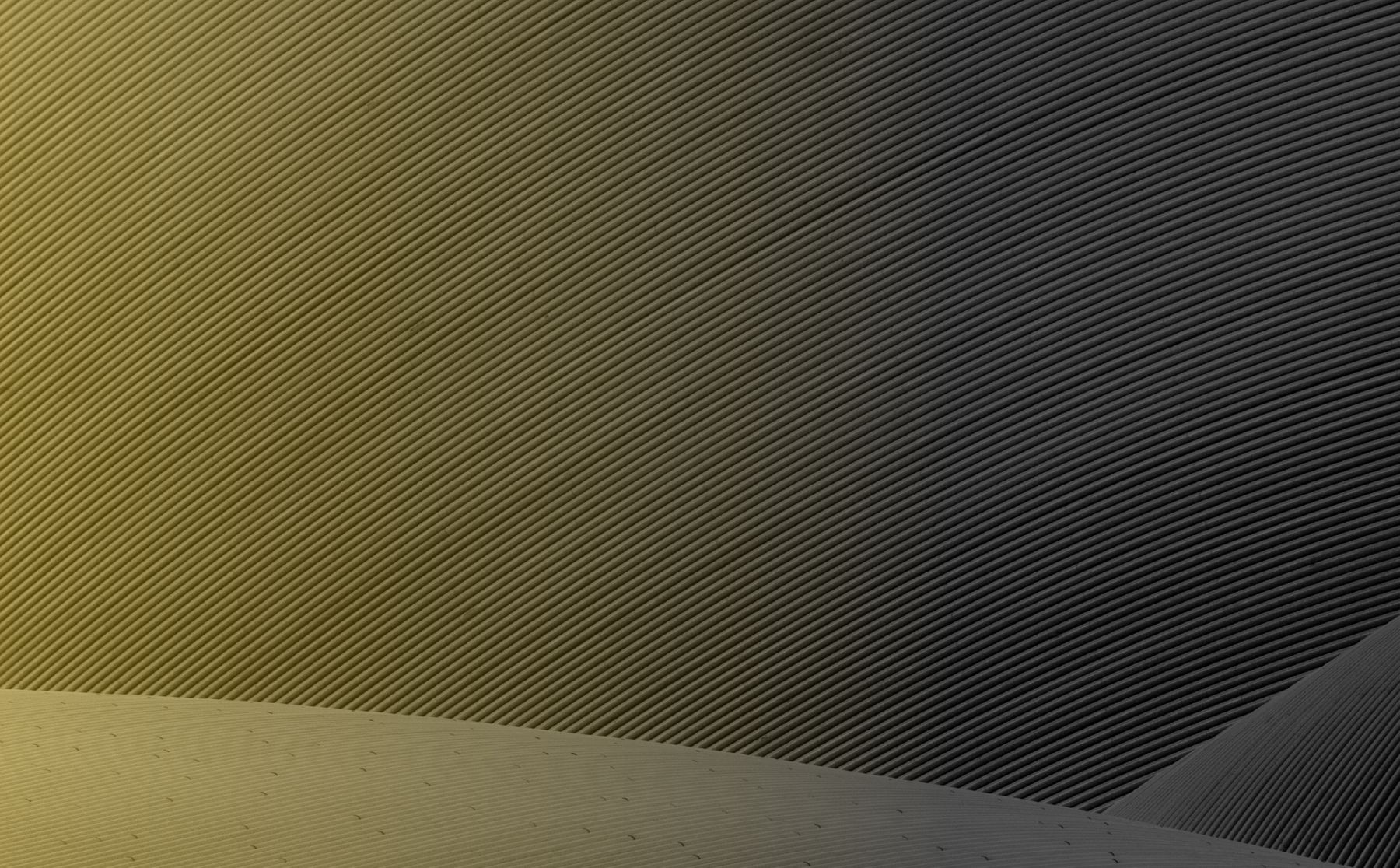Artists will always continue to find innovative ways to communicate, to reach out, to explore and to express
The coronavirus pandemic and subsequent lockdown have created a maelstrom of emotions for many, mixing uncertainty, fear, anxiety and boredom. But for one art curator, weeks of physical isolation have not only bestowed precious time to catch up on work, to read and continue researching her thesis, they have also given moments of reflection on what the pandemic means – for her, in her role as a self-described “caretaker and an enabler,” and for the world of art more broadly.
Over the course of a wide-ranging interview between Maya El Khalil and the King Abdulaziz Center for World Culture, the soft-spoken art curator acknowledged the uncertainty of the post-pandemic future. However, she also believes change is inevitable – and potentially even necessary.
Her habit of asking nearly as many questions as she answers is revealed early in the interview. “Will we go back to doing things the way we used to, or will we seize the opportunity of our newly acknowledged vulnerability to find out what a utopia can be?”
Asking difficult questions comes easy to El Khalil. In January, she curated the groundbreaking “I love you, urgently” exhibition as part of the Saudi Art Council’s 21,39 Jeddah Arts. The exhibit explored multiple facets of the climate crisis through the lens of 22 international artists. Today, she is working on her thesis on art and politics while partnering with Germany’s Goethe-Institut on a series of exhibitions centered around environmental crises.
The role of artists as catalysts for dialog and conversation on such important issues as climate change is one that she encourages. She says: “I believe in the power of art to disrupt, and to initiate dialog and encourage engagement. Artists have a role to play in society and they’re playing this role in good and bad times. it is my role to work with artists to understand the context within which works are created, what is relevant and how to communicate relevance to the viewer to optimize public engagement.”
And while the lockdown has provided artists time to “think and re-think” on their work and the world around them, she believes that it’s still too early to assess the impact of the COVID-19 virus on art and culture. She acknowledges, however, that reactions to the lockdown from artists she speaks to regularly have been mixed.
She says: “Many artists expressed a sense of relief to find the time to pause; the time to wander in their own – inner or virtual - space, and the time to experiment even if they are not necessarily being productive in the sense of having to produce one work after another to meet exhibition or sale commitments.”
At the same time, and although some artists have embraced the lockdown to reflect and experiment, Maya believes others are finding themselves challenged to focus and worried about what the future holds.
Having worked closely with the Saudi art community for over a decade, El Khalil has witnessed the rapid growth of a vibrant contemporary Saudi art scene, which has accelerated under Vision 2030. The exciting part, she explains, is the increasing participation of the Kingdom’s young population in the creative sector as artists, performers and filmmakers, and the emergence of Saudi artists on the international stage.
What’s encouraging, she says, is that during this time a growing number of artists have embraced art as a full-time profession, a trend that has been helping the Kingdom realize its ambition of a thriving creative sector. However, as the pandemic forces cancelations of residencies and exhibitions, the concern among many of these same artists is whether they can continue to make a living from their art even with the government of Saudi Arabia playing an increasingly important and supportive role, signaled by the opening of a dedicated Ministry of Culture in 2018.
“I think there are a number of artists now questioning whether a career in art is sustainable,” she says. “In Saudi Arabia, collectors are few; with the current crisis, people are not buying art and artists are struggling even as they are producing. Some are very worried about what the future will hold and are unsure where the road will lead with respect to art spaces and the role of government. But these challenges are not limited to Saudi Arabia. These are questions that every country will have to answer.”
The challenge is also not limited to the artistic community itself. “Art is an industry that is heavily impacted when there is an economic crisis,” she says, predicting that there will be fewer art fairs, biennials and that a number of galleries, art institutions and even museums are likely to close as a result of the pandemic. “In the short term, a worrying number of businesses are going to be hit, which is why it’s even more important for artists and the art community to join forces, to learn from each other, to collaborate and cooperate in order to survive as a community.”
Confronting this uncertainty is her excitement about the impact of new technologies on the arts, a trend now being accentuated as a result of the health crisis. “Especially now, there is more attention being paid to digital technology. We have artists that have been working with virtual reality, with augmented reality, and I think that’s going to play a big role in the future. It’s changing how art is evolving, and how it is exhibited.”
“Artists will always continue to find innovative ways to communicate, to reach out, to explore and to express. As a curator, I'm interested in these new ways. I'm interested in how to maximize connections.”
As technology enables experiences that are no longer dependent on a physical presence, the impact on traditional brick-and-mortar operations such as museums, galleries and even biennials will also change, she predicts. Human contact will always be necessary. However, with fewer people traveling, and as travel becomes more expensive as a result, the role of the museum where people travel to will also inevitably change and, according to El Khalil, has been a question that people have been pondering for a number of years before the crisis.
“What is the role of the museum?” she asks. “I believe that the role of the universal museum is coming to an end, especially now. What does it mean to hold a universal collection when people cannot access it? Perhaps it’s time to start talking about collections, about the presence of local audiences and their engagement with art and even about distributing the power of the museum across multiple museums around the world.”
In place of the “mega” events or exhibitions as she describes them, she ponders whether the art scene will evolve into many more smaller-scale events engaging increasingly local and especially young audiences, primarily as a reaction to the near-term reality that fewer people will be traveling to experience art. “It’s about scale and frequency,” she says. “People are going to be traveling less. We need to make sure that art - talking about art or even creating art - is accessible to many.”
Regardless of how the future will unfold, El Khalil is firm about one thing: the need for dialogue among all who have a stake in Saudi art and culture. “We don’t have a crystal ball. We don’t know what the solutions are. But I encourage the art community, governments, galleries, patrons and society in general to get together and hold these conversations and investigate the tough questions: Why does our society need the arts? Which kind of society is necessary to make art and to develop a contemporary culture which can be shared.”
In spite of the uncertainty, El Khalil remains hopeful. She adds:
“There is always going to be an artistic creation, despite the crisis. Artists are not going to stop producing. They’ll find different ways of working and creating, and doing so as a reaction to the world around them.
“It's not going to be easy, but we're going to change in one way or the other. We need to urgently start imagining the world we want to live. Times of crisis can often be the time when we go back to the drawing board. So I'm optimistic.”
This interview between Ithra and the interviewee is part of a series of discussions on the impact of Covid-19 and the future of the creative industry.


